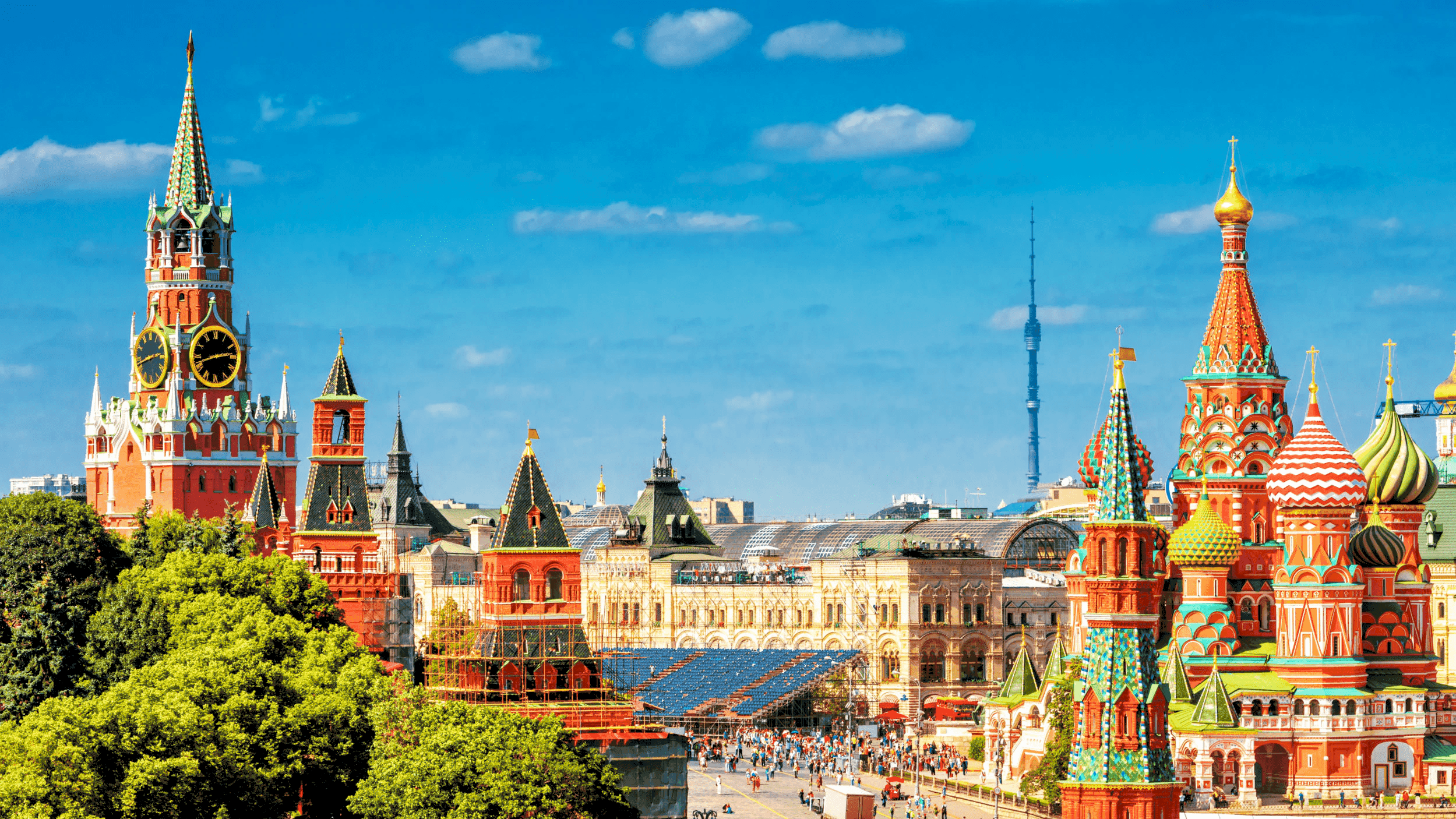

A new study shows that over 18% of all crypto received by Eastern Europe comes from addresses associated with risky or illicit activity, far more than any other region. With the biggest news in the region being Russia’s invasion of Ukraine, both countries have seen a steady increase in cryptocurrency transfers.
Prominent blockchain intelligence company, Chainalysis, indicated that crypto may have helped in financing foreign trade for Russia following its removal from SWIFT.
Russia’s Stablecoin Transaction Volume Spikes
While the burning question continues to be whether Russian oligarchs have started using crypto as a means to evade sanctions, an expert believes that certain companies in the country have already begun to execute these transactions, especially after the Russian national bank legalized crypto usage for cross-border payments.
In a new report, Chainalysis spoke with a regional money laundering expert who had previously worked with financial intelligence units in Eastern Europe in addition to several international organizations. He was quoted saying,
“This is probably already happening on a small and medium scale, but it could become more widespread.”
In such a scenario, the expert pointed out that Iran and China could be potential trading partners. It is worth noting that the latter’s Trade Ministry has officially allowed the use of cryptocurrencies for foreign trade.
For Russia, stablecoins could be the preferred medium of exchange, thereby eliminating the price volatility of other crypto assets such as Bitcoin. Interestingly, Chainalysis did find an increase in stablecoin usage in Russia since the outset of the war.
At the beginning of the year, stablecoins transaction volume accounted for 42%, primarily Russian services. After the invasion, the figures skyrocketed to 55% in February and 67% in March.
“While some of that may be due to businesses embracing cryptocurrency for international transactions, it’s also likely that some of the increase is due to ordinary Russian citizens trading for stablecoins in order to protect their assets’ value.”
Crypto Trade in Ukraine vs Russia
Ukrainian hryvnia-denominated trade volume increased by 121% to a whopping $307 million. Russian ruble-denominated trade volume, on the other hand, rose 35% to $805 million after the war began in March. Interestingly, the volumes dropped soon after and have not yet reached those highs despite “ebbing and flowing through August.”
The blockchain intelligence company believes that the exact scale of activity could be much higher.
The spikes in hryvnia-for-crypto trading were speculated to be due to currency controls established by the Ukrainian government. Tatiana Dmytrenko, a high-ranking adviser in Ukraine’s Ministry of Finance and member of the World Economic Forum’s Digital Assets Task Force, said the country’s central bank imposed restrictions on currency cash transactions after the introduction of martial law.
Some Ukrainians may have exchanged their hryvnia for crypto in response to these measures, which were relaxed in July 2022. This coincided withChainalysis’ss data, where hryvnia-for-crypto trading declined.
Binance Free $100 (Exclusive): Use this link to register and receive $100 free and 10% off fees on Binance Futures first month (terms).
PrimeXBT Special Offer: Use this link to register & enter POTATO50 code to receive up to $7,000 on your deposits.
The post appeared first on CryptoPotato






